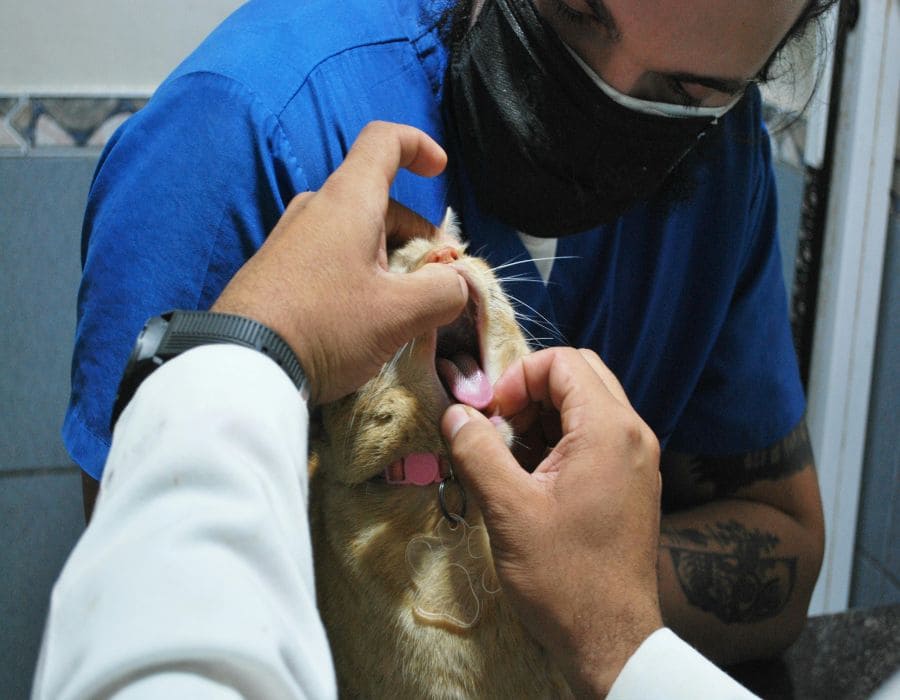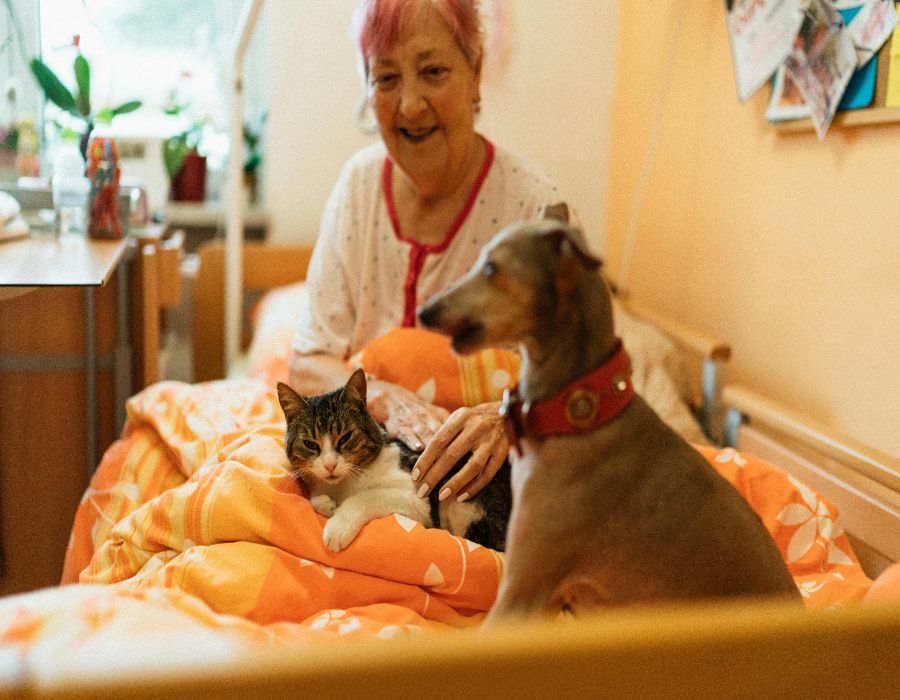11 Critical Steps for Your Pet’s Emergency Care Plan
Watching countless videos of owners rushing into burning buildings to save their pets during the recent California fires sent a wave of concern through the pet community. It highlighted a terrifying reality most pet owners prefer to ignore. What happens when the unthinkable occurs?
Statistics paint a grim picture. Less than a third of pet owners have any kind of emergency plan in place. The rest? They’re rolling the dice, hoping nothing goes wrong. But hope isn’t a strategy, especially when it comes to the four-legged family members who depend entirely on human care for survival.
The Three-Person Rule

Emergency planning starts with a simple yet crucial step: identifying three reliable emergency caregivers. Not one. Not two. Three. Because life happens, and the first choice might be unavailable when crisis strikes. These designated guardians need more than just good intentions—they need keys, alarm codes, and intimate knowledge of the pet’s quirks and needs.
The Care Bible

Think of it as the ultimate user manual for a pet, it details how to keep a living creature healthy and happy. Feeding schedules, medication times, behavioral triggers—everything goes in this document. Even seemingly trivial details matter. Does the cat only drink from the left side of the bowl? Write it down. Does the dog hide during thunderstorms? Document it.
Medical Records: The Life-Saving Portfolio

Emergencies don’t schedule appointments. When they strike, every second counts. A complete medical portfolio—vaccination records, prescription details, chronic conditions—can mean the difference between life and death. Digital copies stored in the cloud? Even better. Because in true emergencies, physical documents have an uncanny ability to disappear.
The Money Question

Let’s talk numbers. Emergency vet visits cost anywhere from two grand to eight thousand dollars. Sometimes more. Insurance helps, but a dedicated emergency fund provides real peace of mind. Because when a pet is suffering at 3 AM, the last thing anyone wants to think about is money.
The Two-Week Kit

Natural disasters, personal emergencies, unexpected quarantines—life throws curveballs. A properly stocked emergency kit contains two weeks’ worth of supplies. Food, medications, favorite toys, and even some comfort items. Update it regularly, because expired medication won’t help anyone.
Eyes in the Home

Modern technology offers solutions our grandparents could only dream about. Smart cameras, automated feeders, environmental monitors—they’re not just gadgets. They’re lifelines when emergency caregivers need to check on pets remotely.
The Professional Network

Relationships matter. Especially relationships with professional pet care services. Boarding facilities, pet-sitters, emergency vets—they should all be on speed dial. Pre-arrangements can save crucial minutes when time matters most.
Daily Routines Documentation

Pets thrive on routine. Disrupting it causes stress. Detailed documentation helps emergency caregivers maintain normalcy. Walking schedules, feeding times, medication routines—everything that makes up a pet’s daily life needs recording.
Disaster Protocol

When natural disasters loom, having a plan can save lives. Pet-friendly evacuation routes, emergency shelters, transportation plans—these details need sorting before crisis hits. Because during an evacuation, there’s no time for planning.
The Quarterly Review

Emergency plans aren’t set-it-and-forget-it documents. They need regular updates. Contact information changes. Medications change. Even pet needs change. Quarterly reviews keep everything current and functional.
The Hardest Conversation

Nobody wants to think about end-of-life decisions. But failing to plan for them can lead to prolonged suffering. Clear instructions about extraordinary measures, quality of life considerations, and final arrangements prevent confusion during emotional times.
Final Thoughts

Creating an emergency pet care plan isn’t just responsible pet ownership—it’s an act of love. Because when disaster strikes, the difference between tragedy and survival often comes down to preparation. The time invested in emergency planning pays dividends in peace of mind and, potentially, saved lives.







